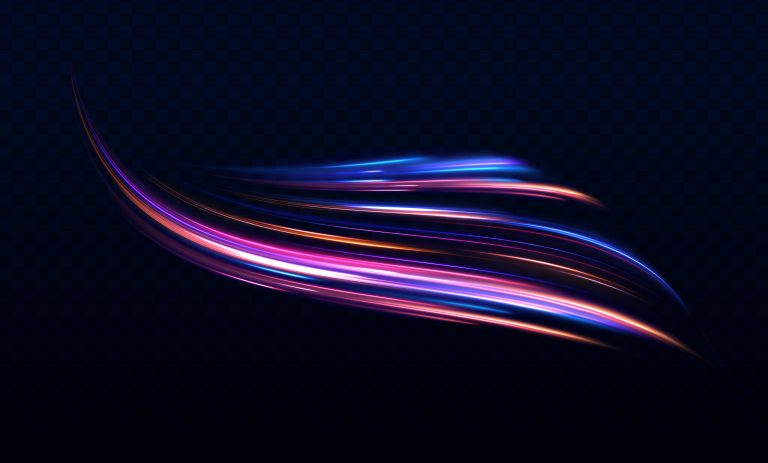Multiple Studies Validate the Effectiveness of UV-C Light
As we continue to navigate the challenges posed by various pathogens, the use and effectiveness of adding UV-C light to standard cleaning protocols for air and surfaces in various industries has gained significant attention. UV-C light is part of the ultraviolet spectrum, has the shortest wavelength (254 nanometers) and the highest energy, and disrupts the DNA and RNA of these pathogens, rendering them unable to replicate. Studies have proven the effectiveness of UV-C light in air purification and the reduction of harmful airborne pathogen transmission, mold, bacteria and viruses.
- In a study conducted by the American Society of Heating, Refrigerating and Air-Conditioning Engineers (ASHRAE), UV-C technology significantly reduced microbial contamination in air handling units and improved indoor air quality.
- Research published in the Journal of Hospital Infection indicates that UV-C light effectively neutralizes drug-resistant superbugs, including methicillin-resistant Staphylococcus aureus (MRSA) and vancomycin-resistant Enterococcus (VRE).
- Research published in Scientific Reports found that UV-C light effectively inactivated surface-dried influenza viruses within seconds. The same study demonstrated that UV-C light could neutralize aerosolized influenza viruses.
Adequate system design and ensuring that UV-C fixtures are correctly installed, positioned, and regularly maintained is essential to optimal results. Human exposure to direct UV-C light should be minimized, as prolonged exposure can lead to skin and eye irritation.

